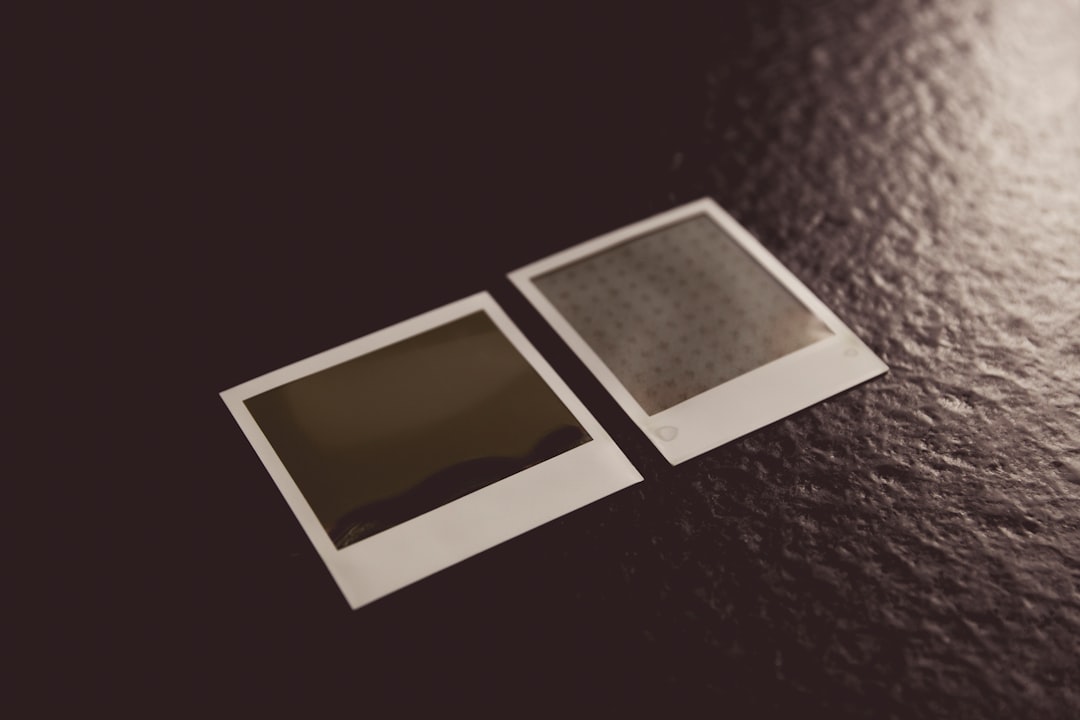The Breakthrough That’s Turning Heads in Tech Circles (Image Credits: Unsplash)
Tokyo, Japan – Amid the hum of advanced labs, scientists at Tokyo Metropolitan University have cracked a puzzle that could supercharge the next wave of artificial intelligence hardware.
The Breakthrough That’s Turning Heads in Tech Circles
Imagine shrinking a computer’s brainpower while making it run cooler and faster. That’s the promise behind a fresh innovation in materials science. A team has engineered an atomically precise layered oxide film that dramatically drops its electrical resistance when exposed to oxygen. This isn’t just a tweak; it’s a leap that could redefine how we build AI processors.
The key? A five-order-of-magnitude plunge in resistivity, meaning the material conducts electricity 100,000 times better after oxidation. For context, similar non-layered oxides only manage about a hundredfold improvement at best. This edge comes from careful atomic stacking, turning a stubborn insulator into a superstar conductor.
Early tests show the film’s structure holds up under scrutiny, revealing how oxygen weaves into the layers to unlock this potential. It’s like flipping a switch on conductivity without melting the whole setup.
Why Resistivity Is the Silent Killer of AI Efficiency
In the world of chips, resistivity acts like traffic jams on a highway. High resistance means electrons slow down, generating heat and wasting energy. AI systems, which crunch massive data loads, suffer the most from this drag.
Current semiconductors hit walls as we pack more transistors into tinier spaces. Heat buildup limits speed, and power hunger strains batteries in everything from phones to data centers. Lowering resistivity directly tackles these issues, paving the way for sleeker, greener tech.
Think of it as upgrading from a clogged pipe to a smooth river flow. For AI chips, this means processing complex models quicker, with less electricity. The result? Devices that learn and adapt without guzzling resources.
Unpacking the Science: Layers Meet Oxygen
The magic starts at the atomic level. Researchers built the film by layering oxide materials with pinpoint accuracy, creating a sandwich of sorts where each slice interacts uniquely. Oxidation then steps in, altering bonds and freeing up electron pathways.
This synergy isn’t random. Structural tweaks during the layering process prime the material for oxygen’s influence, amplifying the effect far beyond what bulk materials achieve. It’s a delicate balance, achieved through advanced deposition techniques that control thickness down to single atoms.
Unlike traditional methods, which often lead to uneven results, this approach ensures uniformity. That reliability is crucial for scaling up to industrial chip production.
Stacking Up Against Traditional Materials
Non-layered oxides have been the go-to for years, but they fall short in extreme control. A typical reduction might shave off two orders of magnitude, helpful but not revolutionary. The new film blows that away, offering precision that’s 500 times sharper.
Here’s a quick comparison:
| Material Type | Resistivity Drop | Key Advantage |
|---|---|---|
| Layered Oxide Film | Five orders (100,000x) | Atomic precision, energy efficiency |
| Non-Layered Oxide | Two orders (100x) | Simpler fabrication |
| Standard Semiconductors | Minimal | Widespread use |
This table highlights why the innovation stands out. It doesn’t just improve; it transforms the playing field for AI hardware.
Real-World Wins for AI and Beyond
AI chips thrive on speed and low power, and this film delivers both. In neural networks, where data zips between layers, reduced resistance cuts delays and overheating. That could mean faster training for models in self-driving cars or medical diagnostics.
Beyond AI, applications stretch to flexible electronics and sensors. Imagine wearables that track health metrics with chip efficiency rivaling desktops. The tech’s versatility opens doors to sustainable gadgets that last longer on a charge.
Early prototypes suggest integration with existing manufacturing lines, easing the shift from lab to factory. It’s not pie-in-the-sky; it’s practical progress.
Looking Ahead: Challenges and Excitement
Scaling this to mass production won’t happen overnight. Fine-tuning oxidation for larger areas and ensuring long-term stability top the to-do list. Yet, the foundational work is solid, with simulations backing real-world viability.
Collaborations with chip giants could accelerate adoption. If hurdles clear, we might see these films in devices by the late 2020s, boosting AI’s role in daily life.
The excitement builds as this could extend Moore’s Law, keeping innovation alive amid shrinking silicon limits.
Key Takeaways
- Five-order resistivity drop enables ultra-efficient AI chips.
- Layered design outperforms bulk materials by orders of magnitude.
- Potential to cut energy use and heat in next-gen electronics.
As this layered oxide tech edges closer to reality, it reminds us how tiny atomic changes can spark massive leaps. What could this mean for the AI devices in your pocket? Share your thoughts in the comments.







